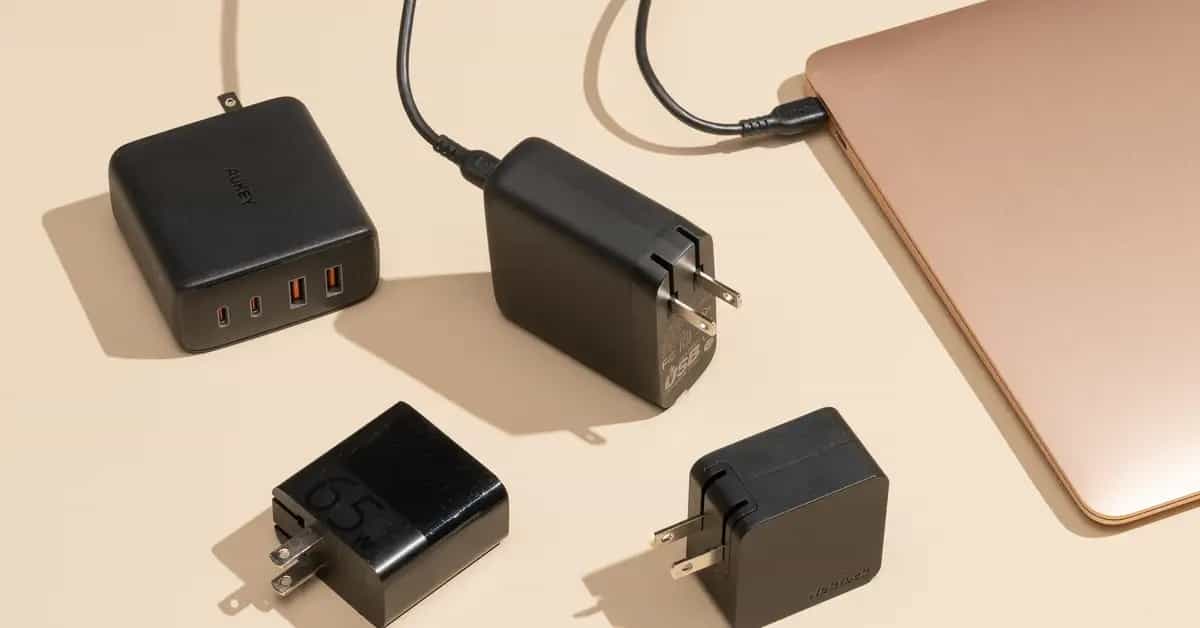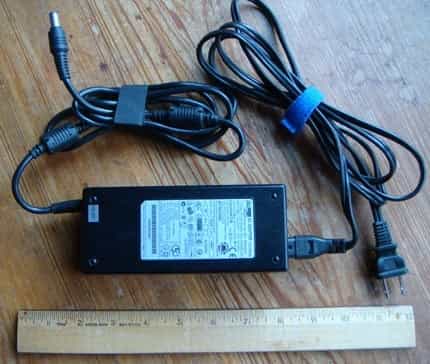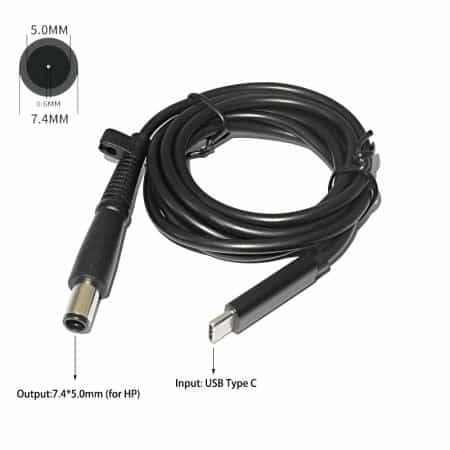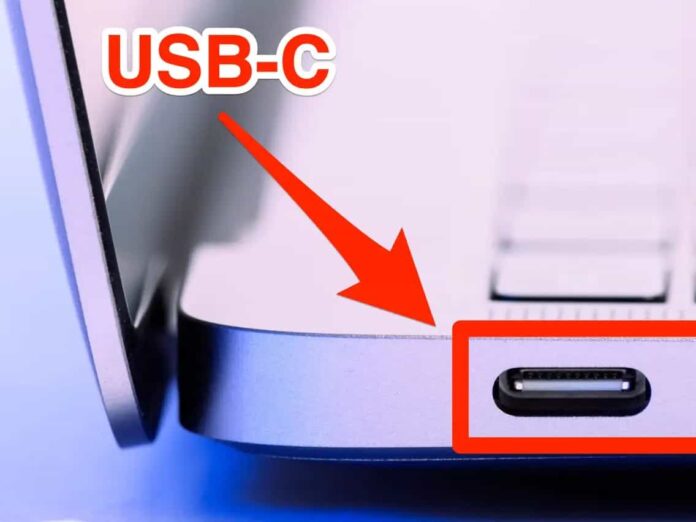To understand Power Delivery fast charging, let’s begin by defining it and examining its evolution as a groundbreaking technology in the world of charging. Nowadays, many smartphones available in the market are compatible with Power Delivery fast charging technology, also known as PD.
In simple terms, Power Delivery fast charging is a technology that enables compatible devices to recharge at a faster rate. It usually operates through the USB-C port and works by increasing the voltage or volts (V) at which the compatible device recharges.
Typically, smartphones recharge at 5V, which is the minimum voltage at which a USB-C port functions. However, with Power Delivery fast charging, smartphones can also recharge at higher voltages such as 9 or 12 volts, resulting in faster charging times.
The volts multiplied by the current intensity (amperes, A) produce the watts or power, a significant figure for us. In smartphones, more power implies less recharging time. However, for laptops, the situation is different. Laptops require more power to function, meaning they need more powerful chargers. This requirement previously resulted in bulkier chargers.
In fact, until recently, the difference was this:


Now, however, USB charger models similar to the one for smartphones can also recharge laptops, thanks to the power they can reach via the Power Delivery protocol, in the example we see a 100W one:

This is exactly why we started with smartphones, being an innovation for them, at least at the beginning.
Despite being a technology developed for the mobile market, there are currently laptops that can be recharged via Power Delivery, to be more precise, those that have a USB-C charging port. One of the most famous models is the 12-inch MacBook, which has a 30W USB-C input.
In those cases, since Power Delivery technology is incorporated into the model, it is not at all complex to find a compatible charger, just pay attention to the output watts of the original charger.
But what to do in cases where the laptop’s charging port is not USB-C and the charger is bulky? Can I use USB-C Power Delivery charging technology? Yes, you can.
In fact, that’s probably the case for you, as most laptops still don’t use the USB-C port as standard.
This is due to the fact that the maximum power that can be found in the USB-C Power Delivery port of a charger on the market is around 140W, which is why the models that consume little are the most benefited from this technology.
The availability on the market of technology is, of course, different from its development of it, if you want to know all the news of Power Delivery, we advise you to go to their official website.
From this explanation, we can draw the first characteristic to which we must pay attention: the power of the output port of the original charger (W), if below 140W, it is possible to find a type C solution.
Second, you will have to check the voltage of the original charger output port (V), i.e. the volts, which can vary +/- 10%, that is, if the original charger works at 19.5V, a type C 20V will work without problems.
If these two data are ok, then you need to find a cable or adapter from the charging port of your laptop to the type C port, like this one :

Remember to check that the cable:
- • Has the same plug as the original.
- • Supports maximum charger watts (specify “W”).
- • Supports maximum charger volts (“V” specification).
The possibilities deriving from this recharging solution are many, not only because you can leave the bulky and inconvenient original charger at home, but because you can combine this solution with a power bank.
The most notable advantage of using a power bank with a USB-C Power Delivery port is that you won’t need an electrical outlet and, also depending on the capacity of the power bank, you will be able to enjoy your laptop longer for working, watching social media, Netflix, listen to music or even play it.
Even in cases where your laptop battery is dead and you can’t rely on it, a power bank would allow you to use it for, at least, a couple of hours as if it were plugged in.
If you want to use your laptop more time, the idea is to get a 20000mAh or 30000mAh power bank, even if they are heavier options to carry.
The only flaw is that currently there are not many 100W (or more) power banks available on the market, which means that the most powerful laptops (for example, gaming ones) could not still be recharged using this system.

